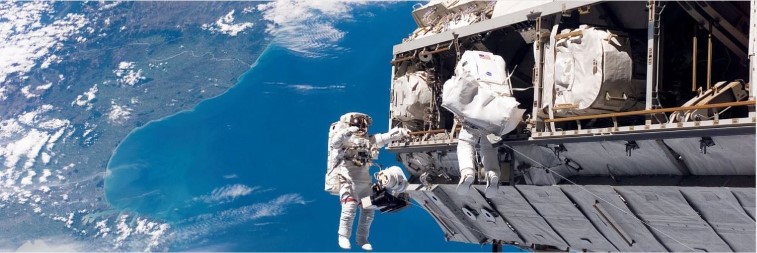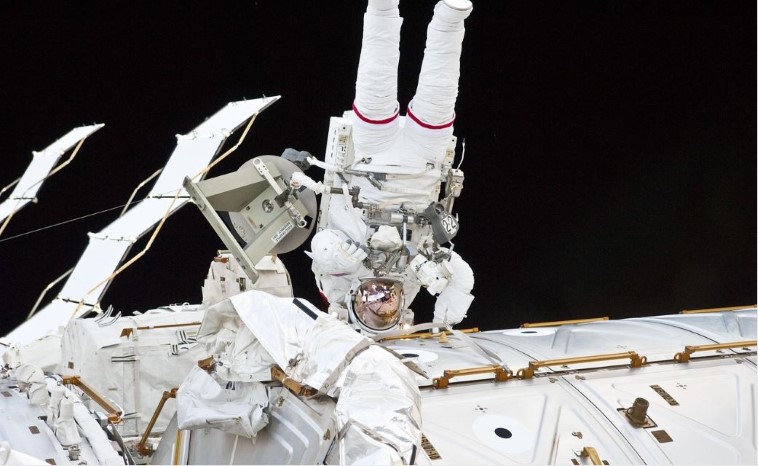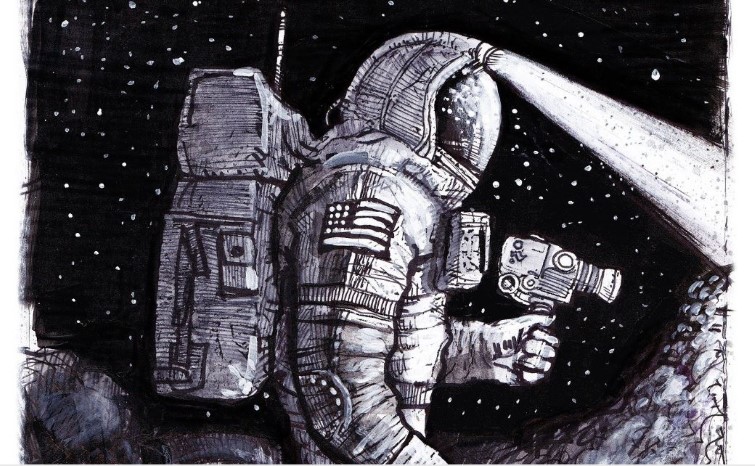The ISS has been standing strong for twenty-five years

Believe it or not, twenty-five years ago, on November 20, 1998, the first segment of the International Space Station, Zarya (in Russian: zora), was launched into space by a proton-K rocket as tall as a 17-story building, from launch pad 81 of the Baikonur Cosmodrome.
Zarya is the base of the station. She equipped the station with electricity, storage, drive and guidance. It is 12.5 meters long and 4 meters wide.
New segments were added to it in the following years.
The first ideas about the International Space Station did not involve cooperation with the Russians. Plans for it were announced by the then US President Ronald Reagan in 1984.

It was to be called Freedom and to be built in cooperation with allies in Europe, with Japan and Canada. But the station under construction was getting more and more expensive, even to the point that it was looming to abandon the construction.
At that time, Russia had a lot of experience with space stations and – someone had already thought of inviting them to joint construction.
In addition, it was useful for the Western world to use Russian technology in the construction of the station and not to transfer it to Iran or North Korea as extremely undemocratic regimes.
That’s how it started.

Correct, even friendly relations between the crew members always reigned at the Station. Admittedly, those relations began to deteriorate after the Russian annexation of Crimea and the invasion of Ukraine.
- Today, the Station has numerous American, Russian, Japanese and European segments, a Canadian robotic arm, a dome for a panoramic view, etc.
- The station has a mass of 450,000 kg. It is 109 meters long and 73 meters wide.
- It flies at an altitude of just over 400 km and with an inclination of 51.64 degrees at a speed of 7.66 km/s. one orbit around the planet on the right in 92.9 minutes, i.e. 15.49 tours per day.
- Two hundred sixty-nine people from 21 countries, aged from 20 to 70, of various professions stayed on it.
- The longest stay at the Station lasted 878 days, hundreds of experiments in biology, physics, technology, etc. were performed.
Currently, the plan is for the Station to be de-orbited after 2030. Then most of the station will burn up in the Earth’s atmosphere, and some larger parts will be submerged in the Pacific Ocean.
Want to read more about the universe? Visit our blog!

